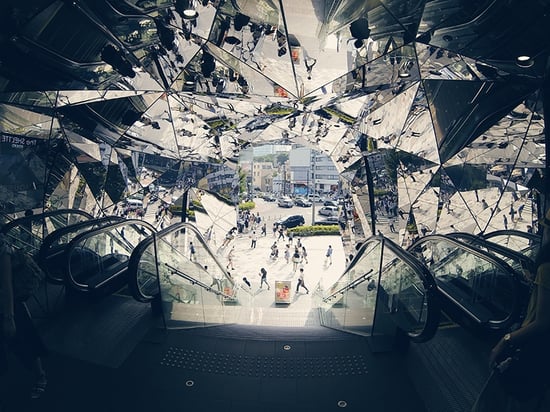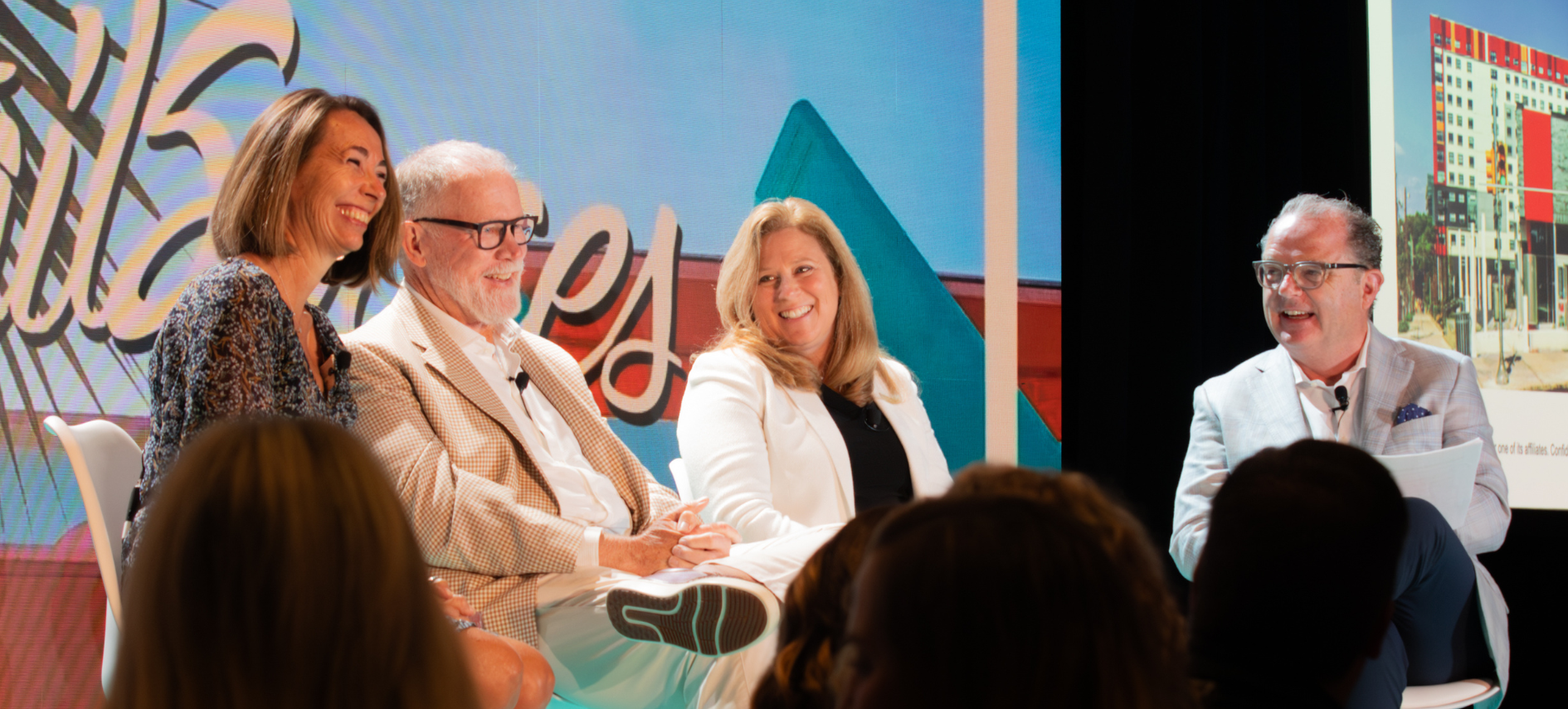The past few years have been quite an unpredictable ride for those in store development, design & construction.
The steady, never-ending growth of e-commerce and the emergence of more online retailers into physical retail has certainly made things interesting. Also causing uncertainty are a whole raft of changes in consumer expectations, rising construction costs, not to mention large spikes in store closures and an endless assault of negative news coverage.
With so much going on simultaneously, we took it upon ourselves to find out exactly how the job of getting a store from blueprint to ribbon cutting is changing.
To do so, in advance of RetailSpaces ‘18 we asked registered attendees the following:
Has life as a store development / design /construction leader become more challenging over the past five years? If yes, what are the causes?
Of the 112 responses we received, 84% believe the role has indeed become more complex.
While those we asked were quick to assure they’re very much up for the journey ahead, here are the top nine reasons they believe the job has become more challenging.
The Customer is Evolving
It’s highly likely most in the industry are well and truly over hearing about millennial and gen Z customers. Whether or not this is the case, many respondents to our question admitted feeling frustrated at “trying to compete for the attention of millennials.”
But the truth is, success in store development today relies on an innate understanding of the rapidly shifting generational landscape.
One Director of Architecture of a furniture and homewares chain said the past five years “have proven that customers are more educated, connected, and considerate. Many retailers that lacked focus and ignored the essential retailing principles of personal engagement and clear core values have been weeded out.”
Digital Uncertainty
Today, in the age of Alexa, where clicks or swipes are no longer needed for a box of diapers to land on your doorstep, retailers continue to grapple with effectively aligning their physical and digital presence. With the growing might of Amazon always looming, “the ability to be agile and innovative is more important than ever” one big box design and construction leader said.
 |
Rising Costs / Shrinking Budgets
Dealing with escalating costs is obviously an unavoidable truth to swallow for anyone wanting to work in brick and mortar development.
However, “limited fixture availability,” in some cases due to current global trade restrictions, are creating newer obstacles. Other factors, like an increased need to remain relevant are also placing extra pressure on leaders “constantly being asked to do more with less. More design, more locations, more projects, worth less money or less time,” one respondent from an apparel and lifestyle retailer said, before revealing “I’m constantly value engineering and problem solving to meet the financial needs of a project.”
Labor Shortages
One of the main causes of inflating construction prices is a nationwide lack of labor. Increased manufacturing demand and a larger number of projects getting off the ground mean “architects, civil engineers and general contractors are all busy. Finding quality subcontractors is even harder,” one RetailSpaces attendee said.
Also compounding this issue is the lower rate of people heading into trades, creating a skills gap, only worsening year to year. At the moment, it’s believed there are half a million more jobs than there are workers to fill them, with that number forecasted to increase fourfold in less than a decade.
Real Estate Complexities
Rising rents and more red tape are also making the development process harder to piece together.
“With rents going up each year,” one respondent claims, “a lot of deals don’t make sense anymore.”
Another attendee indicated “increasingly stringent building codes and the lack of flexibility from local jurisdictions” as major obstacles in getting projects off the ground. Meanwhile, “a greater diversity and uniqueness of store designs” are making it more difficult to uncover the right piece of real estate for a given location.
Scars of the Great Recession
The economy may be booming, but the residual effects of the great recession still linger. Many brands suffered as consumer spending plummeted, the effects of which, some respondents claimed are still being felt today.
In light of past economic turbulence and amid constant news coverage of store closures, retailers remain weary of recruiting to pre-recession levels. One VP of Development at a health and fitness chain believes it’s not surprising the role has had to change significantly. “Corporate America has taken a different approach on head count, requiring everyone to wear multiple hats.”
Exponential Leaps in Technology
 |
Learning to keep up with an overwhelming amount of emerging tech has also proved a major challenge for store development, as leaders try to avoid merely implementing “tech for tech’s sake.”
One response acknowledged the “immense need to provide customers with a ‘connected’ experience,” but questioned “how much is too much? Will the customers accept what’s being put in stores, or will it be a waste?”
The ability to do this effectively has transformed the role, an attendee suggested. Now, we are required to “anticipate technology's long term impact on how we will live, work, travel and shop, yet make the investment decision today.”
The Challenge of Remaining Relevant
Investing in the right tech is also a major part of remaining relevant in the digital age.
Failing to adopt new approaches in physical store design, or attempting something too bold in a world of 10-second attention spans means one bad move (or lack thereof) could mean a retailer’s last.
An uptick in pop-ups and other short-term concepts are possibly an indication of companies wanting to test new concepts, while minimizing costs. According to the VP of Design and Construction at an entertainment chain, such a mentality “implies C-suite executives want to be nimble,” affecting the rate at which brick-and-mortar professionals have to “change store designs to stay relevant.”
The Role Itself is Increasingly Unrecognizable
One overarching reason the lives of store development professionals are more challenging is that the role itself looks way different than it did just a few years ago.
Welcoming a constantly shifting set of responsibilities is something one industry commentator believes everyone needs to get used to, if they haven’t already. “Succeeding now requires a strong background in experience design and product management. Product management is the new ‘product’ of retail. The products themselves on a retailer's shelves no longer matter as much as they once did.”
But as another RetailSpaces attendee puts it, despite the rapid changes, they wouldn’t have it any other way. “Life in design and development continues to evolve and continues to become more exciting and interesting! Mediocre retail experiences are not acceptable today and we need to lift our game at every intersection with the customer.”

Posted by
Physical Retail Reimagined.
RetailSpaces is a community for store development and design innovators.
March 29-31, 2026 | San Antonio, TX
Learn More!








Comments